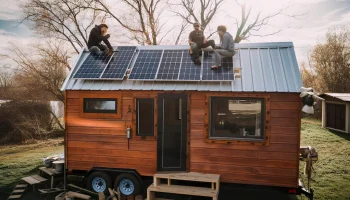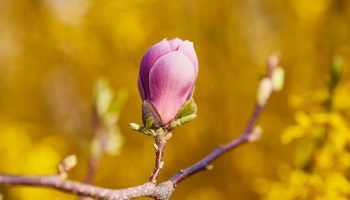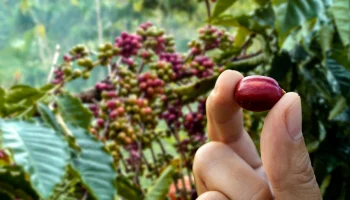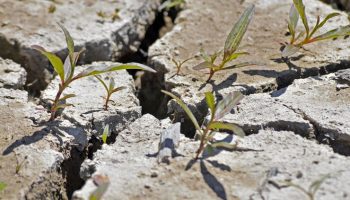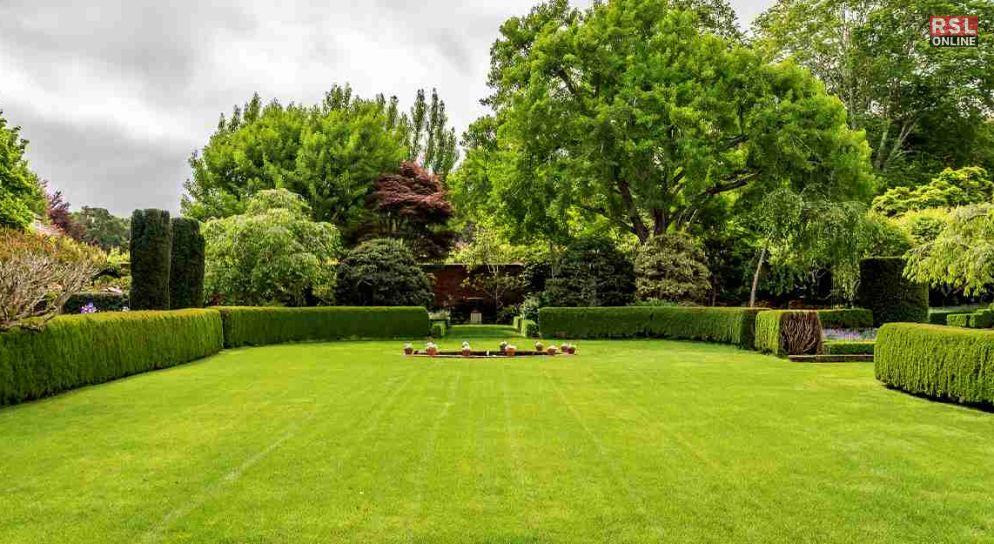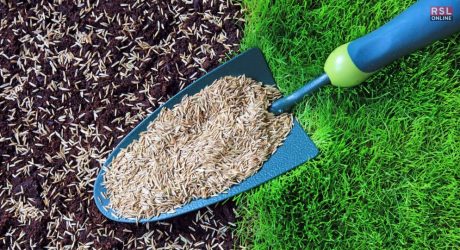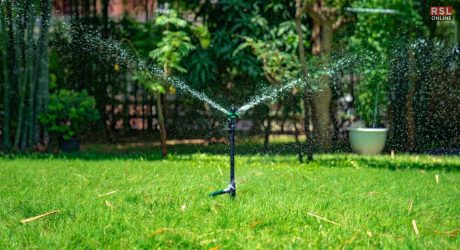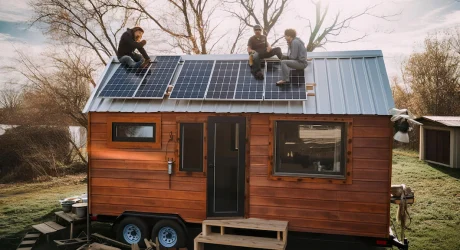Grass is a type of plant commonly found in lawns, fields, and natural landscapes. It has narrow leaves that grow from the base of the plant and often form a dense mat. It is vital to many ecosystems, providing animal food and contributing to soil stability.
This is something that we already know about. However, what not a lot of people realize is the fact that grass can also be a great lucrative source of business. It’s also often used in landscaping for its aesthetic appeal and functional purposes, such as erosion control and recreational areas.
If you have been searching about the different types of grass and how to start a grass-based business, you have reached the right place. Keep reading this blog till the end to learn more…
How Is Grass Different From Other Plants?
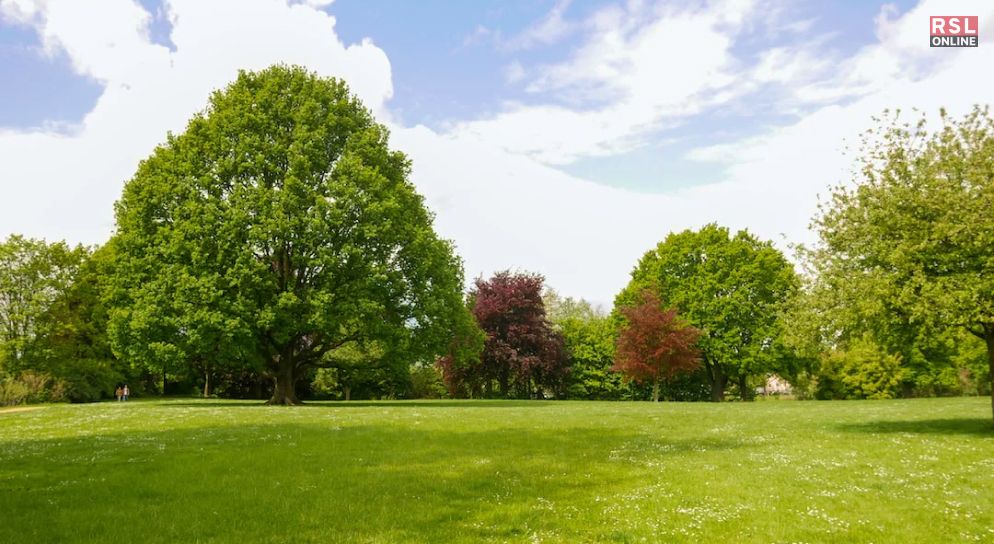
Grass differs from other plants primarily in its growth pattern, structure, and characteristics. Unlike most other plants, grass typically grows in clumps or as a continuous carpet-like covering. Its leaves are long, narrow, and usually arranged in two rows along the stem.
Additionally, grasses tend to have a specialized growth point called the “crown” near the base of the plant. This allows grass to tolerate grazing or mowing, as the crown can continue to produce new growth even if the top portion is removed. This is in contrast to many other plants that may be more sensitive to such disturbances.
Grass plants also reproduce using tiny flowers that are often not very showy. Their seeds are usually small and lightweight, adapted for dispersal by wind. This differs from many other plants that may have larger, more conspicuous flowers and seeds that rely on animals for dispersal.
These characteristics make grass uniquely adapted to different ecological niches and human uses.
What Are The Characteristics Of A Grass?
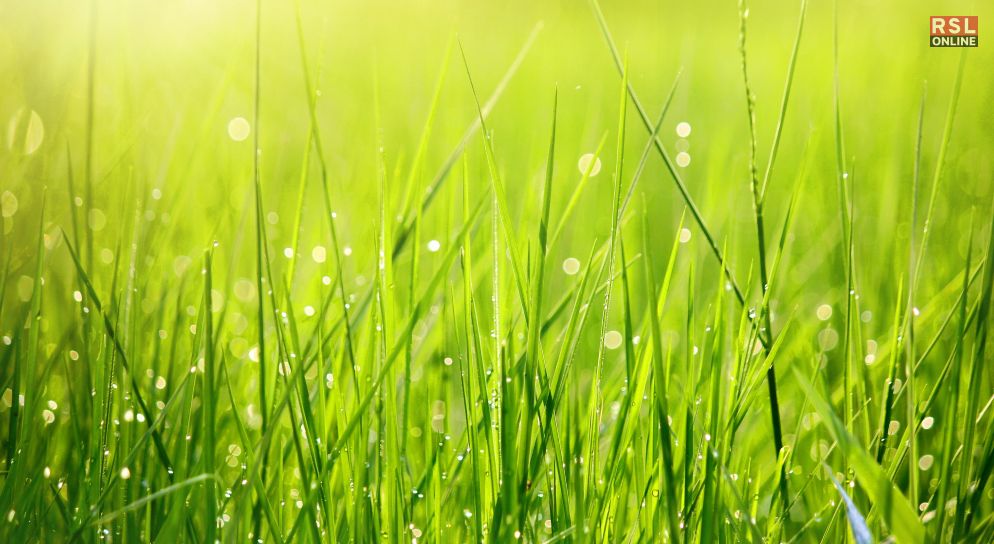
The first thing you might think about when you see a plant is, “Is this grass?”
Well, to know the right answer to this, it is important that you understand the different characteristics that are innate to the grass family.
These are the definite traits and characteristics that make it a grass in the first place. Grasses typically exhibit the following characteristics:
1. Narrow Leaves:
Grass leaves are long and slender, with parallel venation. This shape is well-suited for capturing sunlight and conserving water.
2. Jointed Stems:
Grass stems are usually hollow and jointed, known as “culms.” These joints allow for flexibility and rapid growth.
3. Crown Growth:
Grasses have a growth point at the base called the “crown.” This growth point enables them to recover quickly after being grazed or mowed.
4. Fibrous Roots:
Grasses usually have a fibrous root system that helps them anchor to the soil and absorb water efficiently.
5. Inflorescence Structure:
The flowers of grasses are often grouped in structures called “inflorescences.” These can be spikes, panicles, racemes, or other arrangements, depending on the species.
6. Wind-Pollinated:
Grasses often have wind-pollinated inconspicuous flowers. They lack bright colors and fragrances commonly associated with insect-pollinated flowers.
7. Light Seeds:
Grass seeds are lightweight and equipped for wind dispersal. This adaptation allows grasses to colonize new areas effectively.
8. Fast Growth:
Many grass species exhibit rapid growth rates, allowing them to cover bare ground and outcompete other plants quickly.
9. C4 Photosynthesis:
Some grasses, especially those in hot and dry environments, use a specialized form of photosynthesis called C4 photosynthesis, enhancing their water use efficiency.
10. Adaptation To Grazing:
Grasses have evolved mechanisms to tolerate grazing by animals. The crown growth point and ability to resprout quickly are examples of these adaptations.
11. Habitat Diversity:
Grasses are found in a wide range of habitats, from prairies and savannas to wetlands and alpine meadows.
These characteristics collectively make grasses a diverse and successful group of plants that play vital roles in various ecosystems and human activities.
What Is Grass Used For?
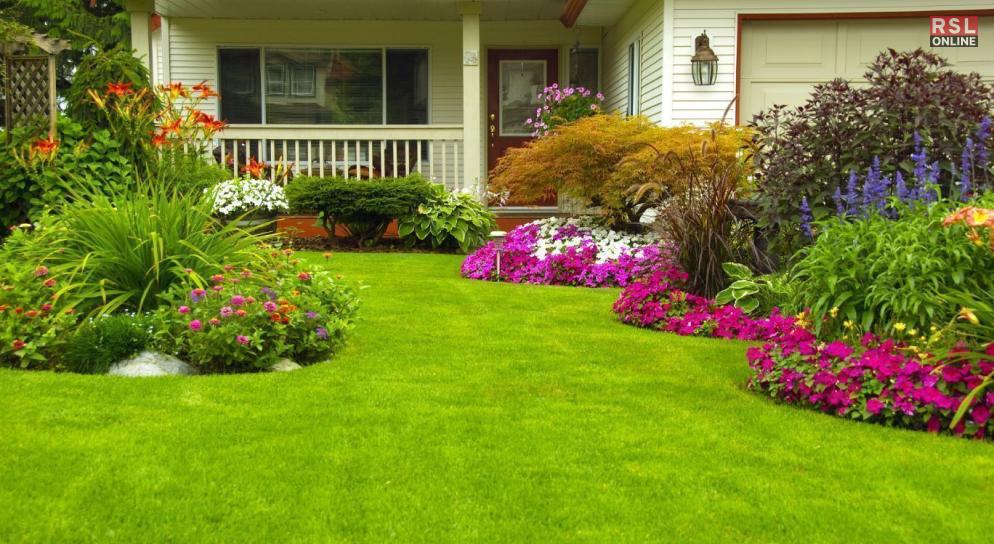
Grass serves various purposes, such as providing livestock fodder, preventing soil erosion, enhancing landscapes, and serving as a playing surface for sports. It also contributes to oxygen production and carbon sequestration, supporting the environment.
Here are five common uses of grass:
1. Lawn Landscaping
The grass is widely used for creating lush and green lawns in residential, commercial, and public spaces. It enhances the aesthetics of an area, providing a comfortable and visually pleasing environment.
2. Livestock Forage
Many types of grasses are used as forage for livestock, including cattle, sheep, and horses. Grass provides essential animal nutrients and is a primary food source in grazing systems.
3. Erosion Control
Grass plays a crucial role in preventing soil erosion. Its root systems help bind the soil together, reducing the risk of erosion caused by wind and water, especially in areas prone to heavy rainfall or strong winds.
4. Sports And Recreation
Grass fields are commonly used for sports such as soccer, football, baseball, and golf. The even and cushioning surface of grass provides a safe and enjoyable playing area for athletes and recreational users.
5. Environmental Benefits
Grass contributes to air quality by absorbing carbon dioxide and releasing oxygen through photosynthesis. It also helps to filter pollutants from rainwater as it percolates through the soil, promoting groundwater recharge.
These are just a few examples of the many ways in which grass is utilized for various purposes.
Grass And Business: Is That Even Possible?
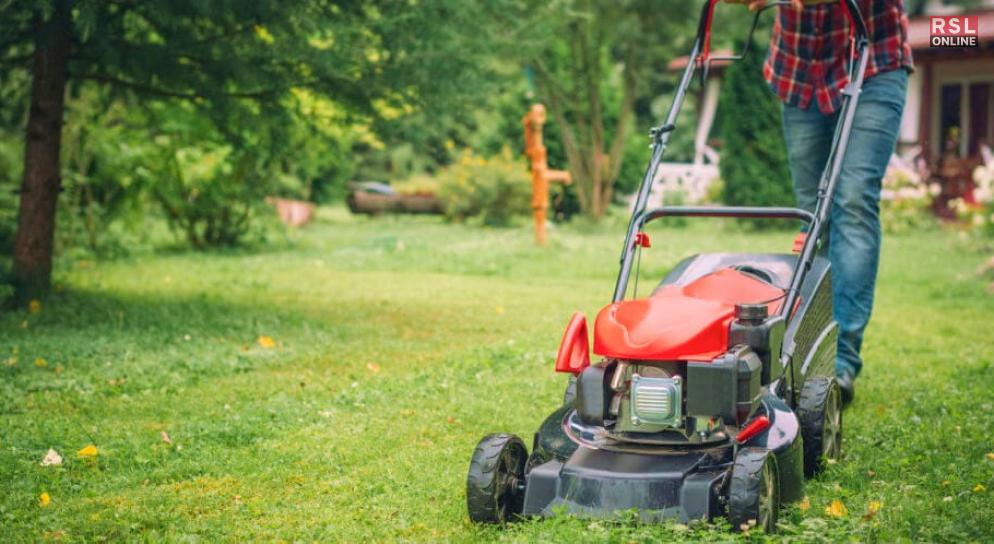
If you have been wondering about a business idea that is eco-friendly and sustainable, you need to try thinking about a Grass based business.
According to research, “New business opportunities based on grassland and green fodder present a promising avenue to realize the transition towards a circular and sustainable bio-based economy.”
However, not many people know about this, and not many people understand how it works. In this part of the article, I will be talking about how and why a grass-based business can change the game for you.
Why Should You Consider Starting Your Business With Grass?
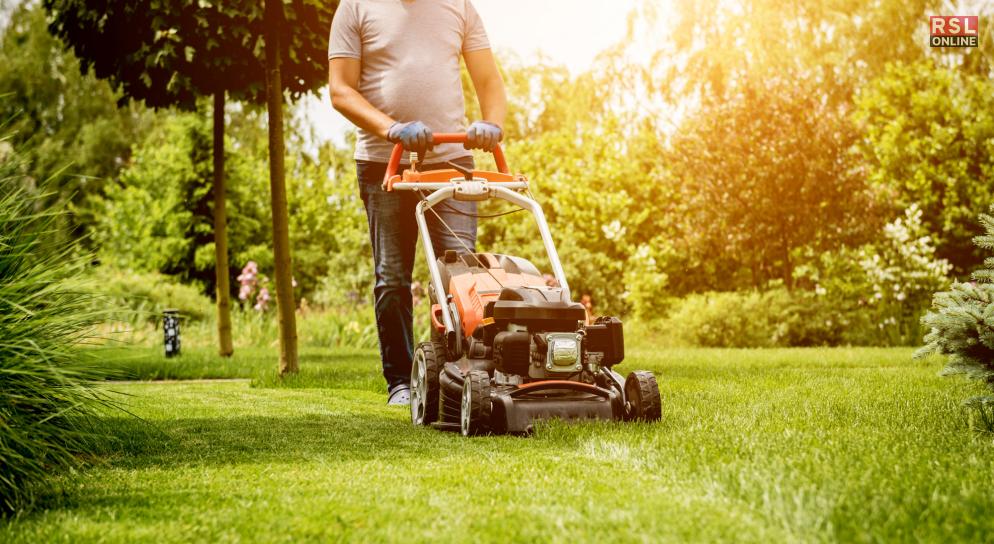
Believe it or not, many people new to this field often ask whether doing business with grass at the focal point is feasible.
The simplest answer to this doubt is YES.
Doing business with grass can offer several benefits, depending on the niche within the grass industry you’re interested in. Here are some compelling reasons to consider starting a business related to grass:
1. Growing Demand:
The demand for landscaping services, lawn care, and outdoor recreational spaces continues to grow. People value well-maintained lawns, parks, sports fields, and green spaces, creating a consistent need for grass-related services.
2. Diverse Opportunities:
There are various avenues within the grass industry, from landscaping and lawn care to turf farming, sports field management, and event rentals. This diversity allows you to find a niche that aligns with your skills and interests.
3. Sustainability Focus:
As environmental awareness increases, businesses that promote sustainable landscaping practices, native grasses, and eco-friendly solutions can attract environmentally conscious customers.
4. Recurring Revenue:
Many grass-related businesses offer recurring revenue models, such as lawn care or sports field maintenance contracts. This can provide a stable income stream over time.
5. Low Entry Barriers:
Entry barriers can be relatively low depending on the business model. Starting with a small operation and gradually expanding as your business grows is often feasible.
6. Community Enhancement:
Grass-related businesses contribute to the beauty and well-being of communities. You’ll be satisfied knowing your work improves outdoor spaces for individuals and groups.
7. Collaboration Opportunities:
Grass-related businesses often collaborate with other industries, such as construction, event planning, and real estate. This can lead to partnerships and additional revenue streams.
8. Seasonal Opportunities:
Some grass-related businesses, such as snow removal in colder climates or event lawn rentals in warmer months, allow you to adapt your offerings based on the season.
9. Innovation Potential:
The grass industry is evolving with new technologies, sustainable practices, and grass varieties. This presents opportunities for innovation and differentiation.
10. Personal Fulfillment:
If you enjoy working outdoors, landscaping, horticulture, or turf management, starting a grass-related business can align with your interests and provide a fulfilling career.
Things To Keep In Mind While Starting A Business Involving Grass
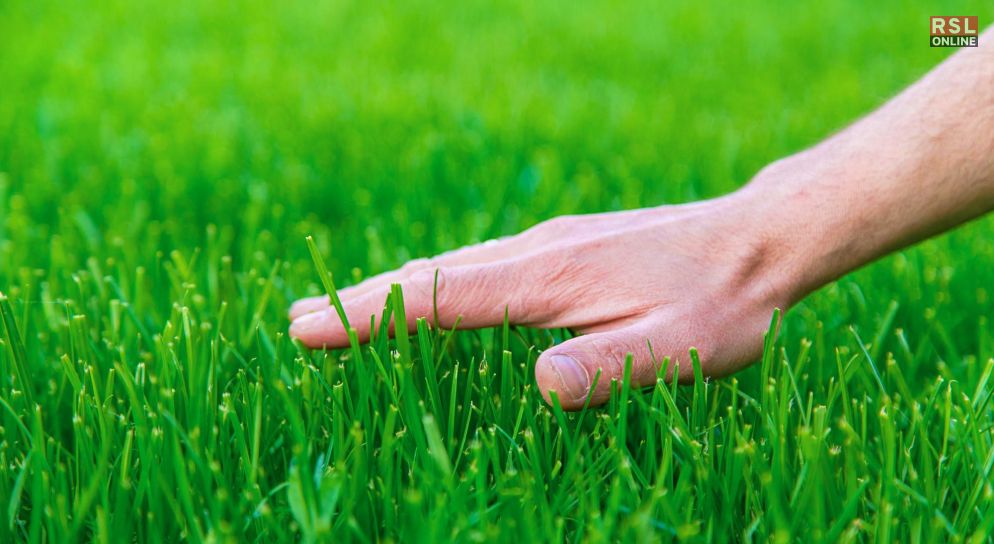
If you are fascinated with the idea of starting a business that involves grass, there is something that you need to know.
Like any business venture, success requires careful planning, market research, understanding your target audience, and offering quality products or services. By identifying a gap in the market and addressing customer needs, you can build a successful business centered around grass-related services.
Starting a business involving grass requires careful planning and consideration. Here are some important things to keep in mind:
1. Market Research:
Understand the demand for your grass-related products or services in your target market. Identify competitors, their offerings, pricing, and customer preferences.
2. Niche Selection:
Choose a specific niche within the grass industry that aligns with your expertise and interests, such as lawn care, landscaping, turf farming, or event rentals.
3. Business Plan:
Create a detailed business plan outlining your goals, target market, pricing strategy, marketing approach, financial projections, and operational processes.
4. Legal Requirements:
Research and fulfill all legal requirements, including business registration, licenses, permits, and insurance. Comply with local regulations related to landscaping, pesticide use, and water conservation.
5. Location:
Choose a suitable location for your business. Consider factors such as accessibility, proximity to suppliers, and the target customer base.
6. Equipment And Supplies:
Determine the equipment and supplies you’ll need for your business operations. This could include mowers, trimmers, seeds, fertilizers, and other tools specific to your niche.
7. Skill And Training:
Ensure you and your team have the necessary skills and training. This might include horticulture knowledge, landscaping techniques, or turf management expertise.
8. Quality Service:
Focus on delivering high-quality services or products. Customer satisfaction and word-of-mouth referrals are crucial in the grass industry.
9. Branding And Marketing:
Develop a strong brand identity and marketing strategy. Create a professional website, utilize social media, and consider local advertising to promote your business.
10. Sustainability:
Emphasize sustainable and environmentally friendly practices. This could include using eco-friendly fertilizers, promoting water conservation, and recommending native grass species.
11. Seasonality:
Understand the seasonal nature of the grass industry. Plan for potential fluctuations in demand and consider offering complementary services during slower months.
12. Pricing:
Set competitive and realistic pricing that covers your costs while remaining attractive to customers. Consider factors such as labor, materials, equipment, and overhead.
13. Customer Service:
Provide excellent customer service to build long-lasting relationships with clients. Address feedback and concerns promptly.
14. Networking:
Build a network of contacts within the industry, including suppliers, other businesses, and professional associations. Networking can lead to partnerships and growth opportunities.
15. Financial Management:
Keep a close eye on your finances. You should maintain accurate records, monitor cash flow, and create a budget for short-term and long-term expenses.
16. Adaptability:
Be open to adapting your business based on customer feedback and industry trends. Stay informed about new grass varieties, technologies, and sustainable practices.
17. Scaling:
Have a plan for scaling your business as it grows. Consider hiring additional staff, expanding service offerings, or entering new markets.
Starting a grass-related business can be rewarding, but it requires careful planning and a commitment to providing value to your customers. Addressing these key considerations can set a strong foundation for your business’s success.
Business Ideas Involving Grass
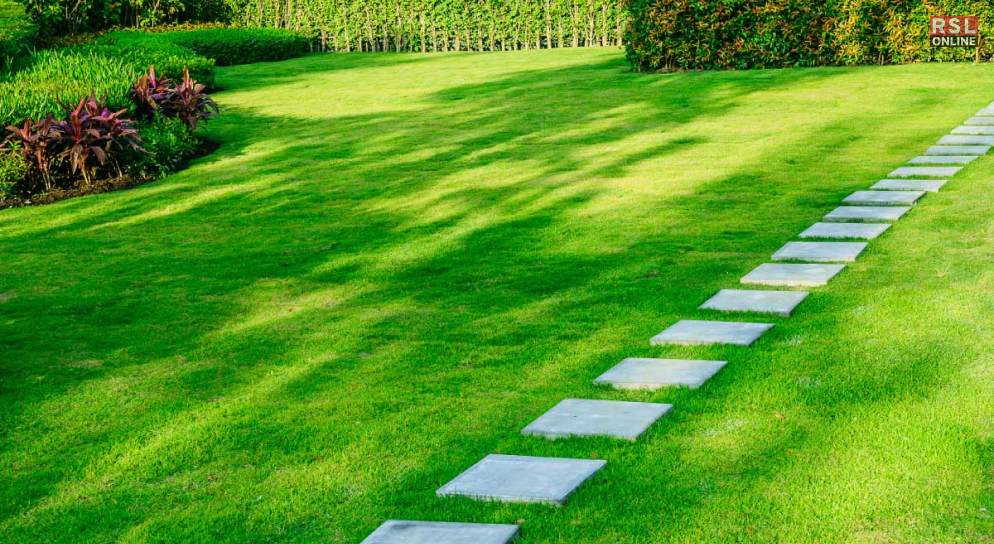
Grass can be used for various business purposes beyond traditional landscaping. Here are a few ways grass can be utilized for commercial ventures:
1. Turf Farming:
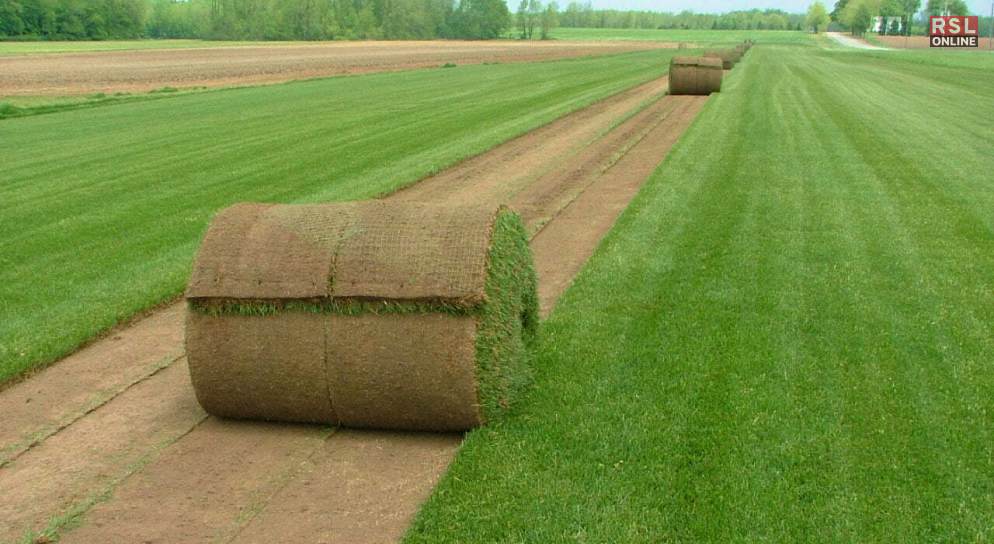
Running a turf farm involves cultivating and selling sod or grass rolls that are used to establish lawns quickly. Turf can be sold to homeowners, landscapers, golf courses, sports fields, and other businesses that require instant green coverage.
2. Sports Field Management:
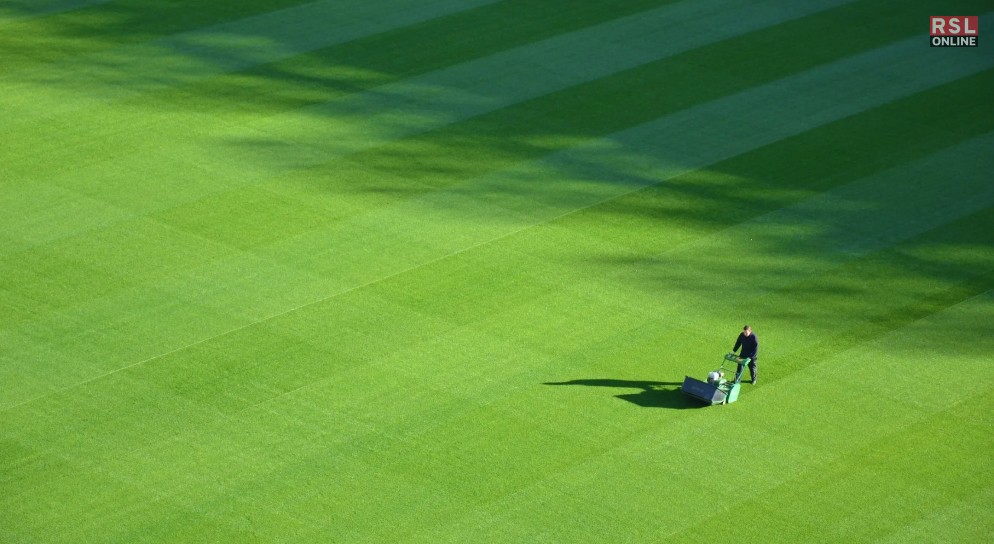
Maintaining sports fields with high-quality grass is crucial for optimal playability. Businesses specializing in sports field management can offer services such as grass installation, maintenance, and turf repair for stadiums, arenas, and recreational facilities.
3. Golf Course Maintenance:

Golf courses require meticulous care to maintain their grass greens, fairways, and roughs. Businesses can offer golf course maintenance services, including mowing, fertilization, pest control, and aeration.
4. Landscape Design And Installation:
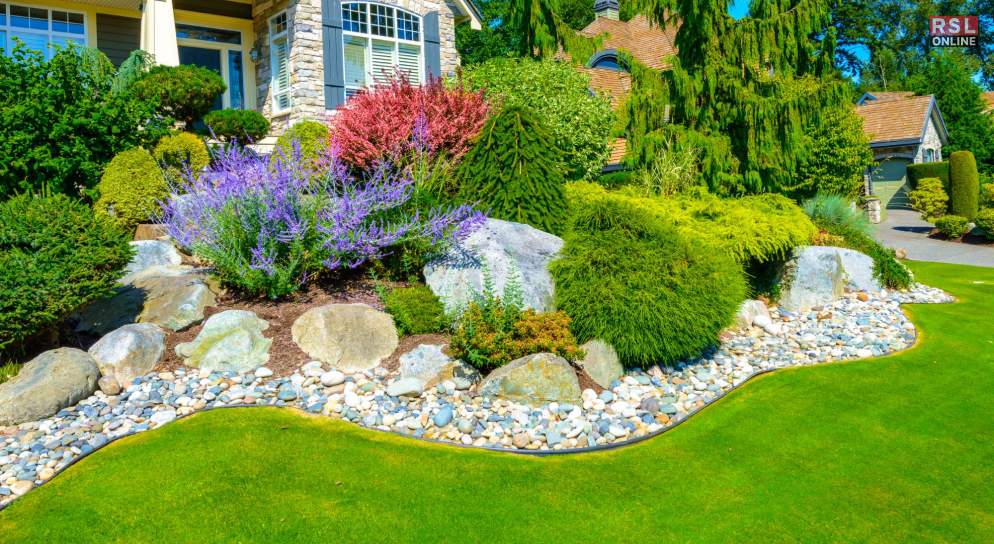
Landscape design businesses can incorporate grass as a key element in creating aesthetically pleasing outdoor spaces. This includes selecting the right grass types, designing layouts, and implementing the landscaping plan.
5. Hydroseeding And Erosion Control:
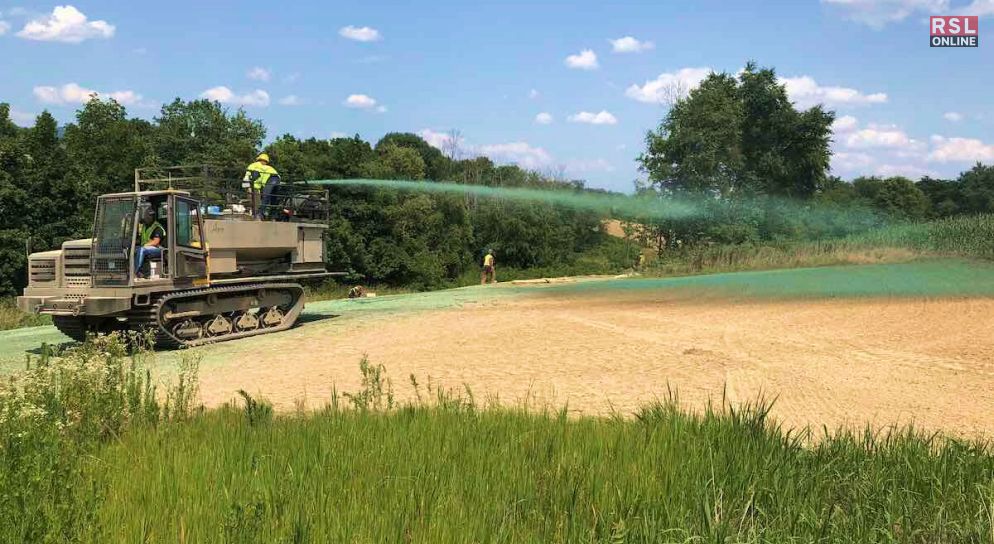
Hydroseeding is a method of establishing grass by spraying a mixture of grass seed, mulch, and water onto bare soil. Businesses specializing in hydroseeding can offer services for lawn establishment, erosion control, and reclamation projects.
6. Environmental Restoration:
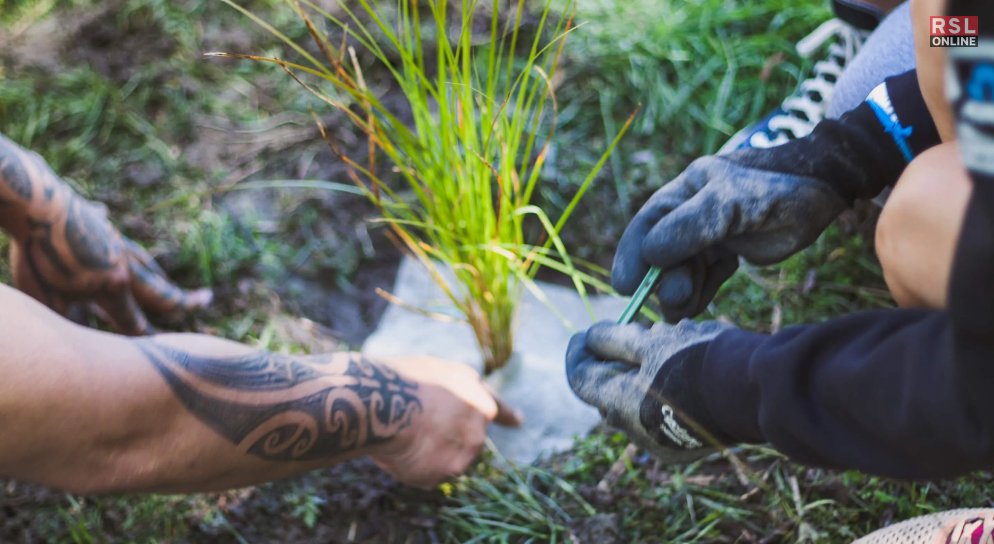
Grass can play a role in environmental restoration projects, such as wetland rehabilitation or habitat restoration. Businesses can collaborate with government agencies or conservation organizations to restore natural areas using native grass species.
7. Event Planning And Rental:
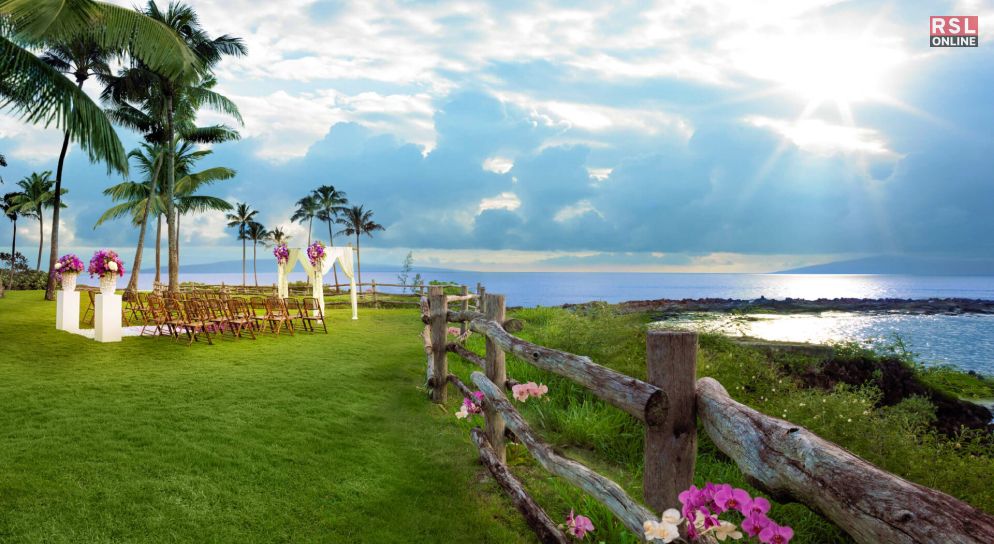
Temporary grass installations can be used for events like outdoor weddings, concerts, and festivals. Businesses can provide services for installing and maintaining event lawns and the necessary infrastructure.
8. Animal Grazing Services:
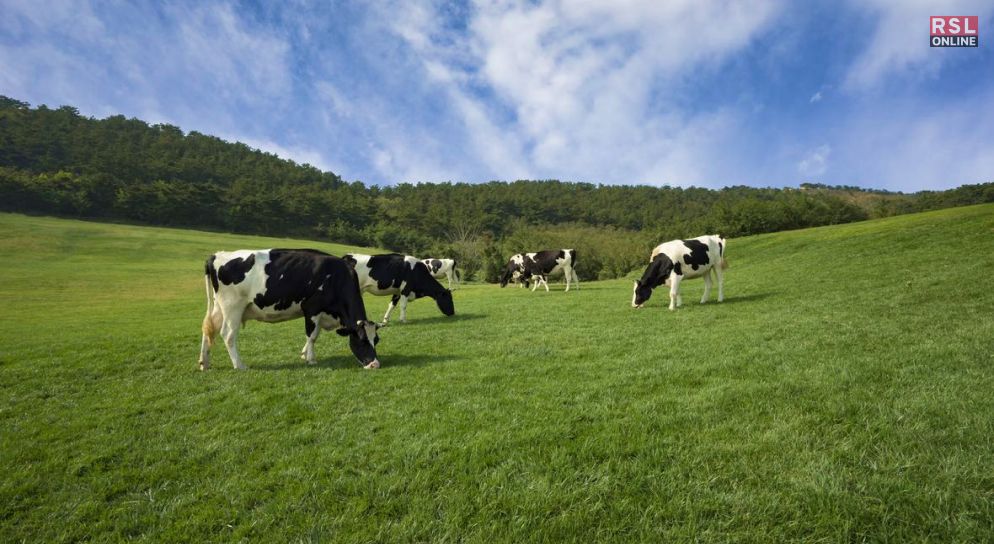
Livestock owners might require grazing areas for their animals. Businesses can offer grazing management services that involve establishing and maintaining grass pastures for livestock.
9. Lawn Care And Maintenance:
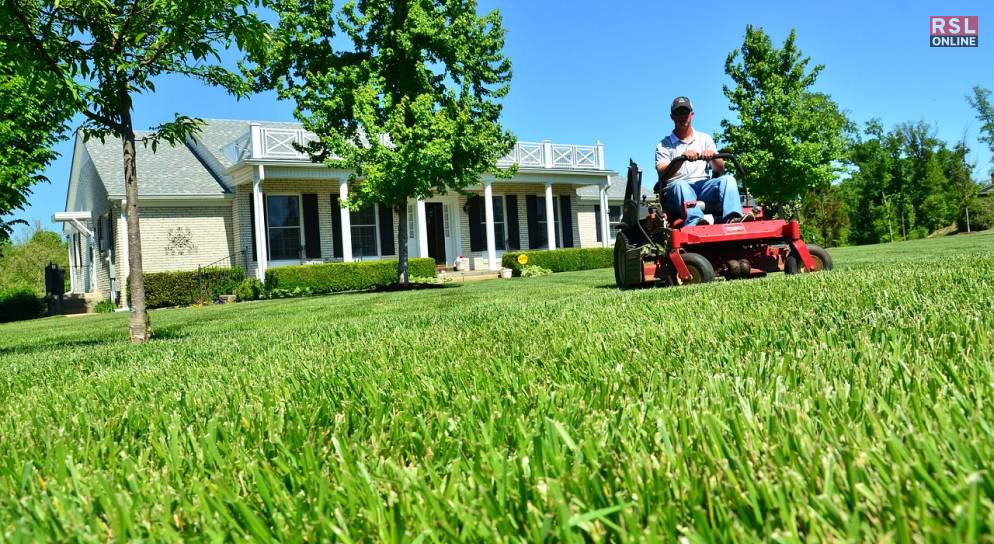
Offering lawn care services to homeowners and businesses involves tasks such as mowing, fertilizing, weed control, and aeration, contributing to the health and appearance of lawns.
10. Educational Workshops:
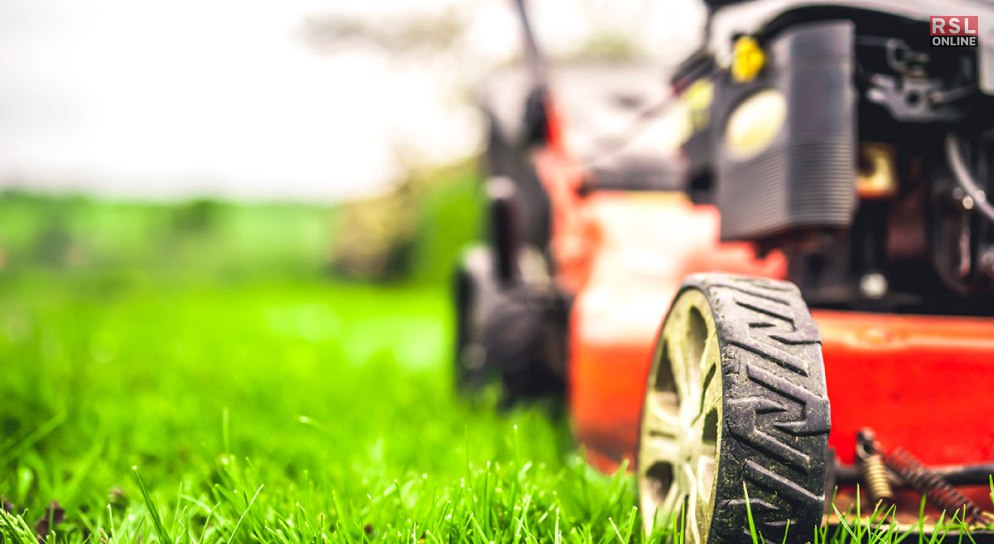
Businesses can provide workshops on grass care, lawn maintenance, and landscaping design for both residential and commercial clients. These workshops can be a source of revenue and a way to establish expertise in the industry.
These are just a few examples of how grass can be utilized for business purposes. By leveraging the various properties and uses of grass, entrepreneurs can create innovative ventures that cater to the needs of homeowners, property managers, sports facilities, and more.
Types Of Grass That Can Be Used For Decorating House
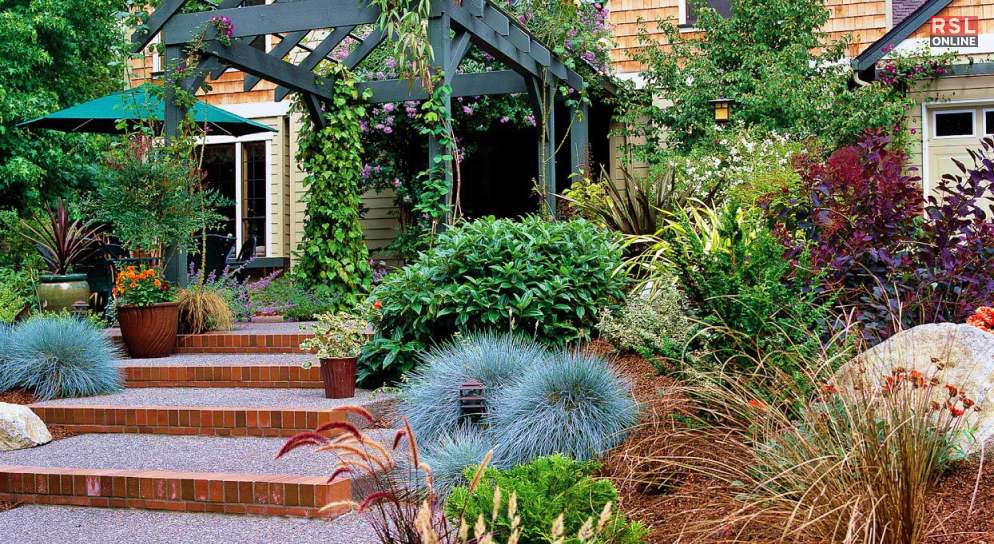
When it comes to home decor, Ornamental grass is often used. These grasses can be used in a variety of ways for home decor, such as in garden beds, containers, border plantings, and even as indoor arrangements. Their versatility, low maintenance requirements, and attractive features make them great for adding texture and visual interest to your living spaces.
Ornamental grasses are valued for their aesthetic appeal, texture, and movement in the wind, making them popular choices for landscaping and decorating both indoor and outdoor spaces.
Here are a few types of ornamental grasses that are commonly used for home decor:
1. Fountain Grass (Pennisetum Spp.):
Fountain grasses are known for their graceful arching growth habit and feathery plumes that resemble water fountains. They come in various sizes and colors, such as the purple fountain grass (Pennisetum setaceum ‘Rubrum’).
2. Maiden Grass (Miscanthus Spp.):
Maiden grasses are tall and elegant, with narrow leaves and fluffy plumes that rise above the foliage. They create a striking visual effect and come in different heights and cultivars.
3. Switchgrass (Panicum Virgatum):
Panicum virgatum is a versatile grass with upright growth and feathery flower heads. Its varied colors, including shades of red, green, and blue, make it a popular choice.
4. Blue Fescue (Festuca Glauca):
Blue fescue is a compact ornamental grass known for its blue-gray foliage. It works well in small spaces and adds a touch of color to gardens and container arrangements.
5. Japanese Forest Grass (Hakonechloa Macra):
This grass forms cascading mounds of arching foliage that resemble flowing water. It’s well-suited for shaded or partially shaded areas.
6. Mexican Feather Grass (Nassella Tenuissima):
With its delicate appearance and fine texture, Mexican feather grass adds a soft and airy quality to garden beds and borders.
7. Sedge (Carex Spp.):
Sedges are grass-like plants that come in various colors and textures. They work well in moist and dry conditions, creating ground covers and borders.
8. Little Bluestem (Schizachyrium Scoparium):
A native grass with striking reddish-brown fall foliage, Little Bluestem adds warmth to the landscape.
What Are The Different Types Of Grass?
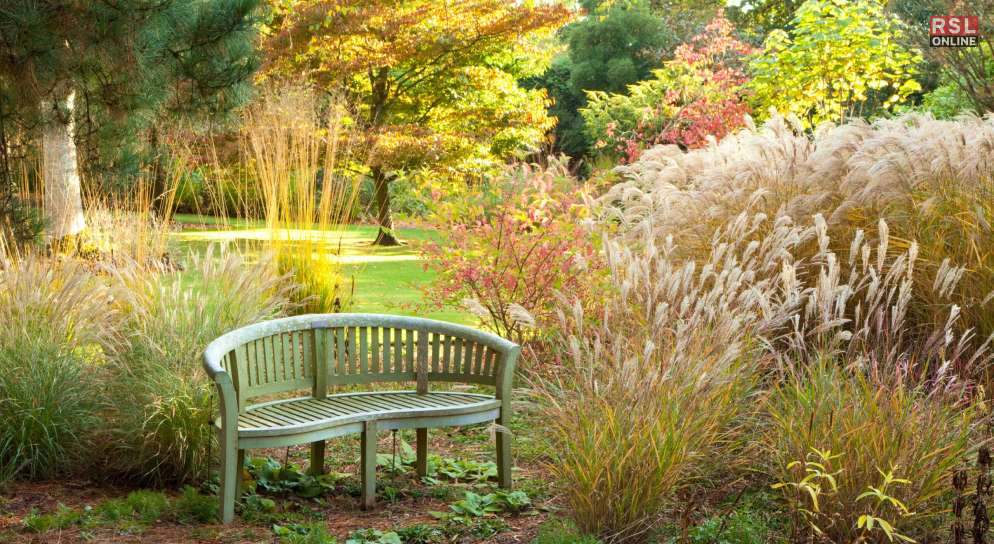
There are thousands of species of grasses, and they can be classified into various categories based on their characteristics, growth habits, and ecological preferences. Grasses belong to the Poaceae family; within this family, they can be further divided into subfamilies, tribes, and genera.
Types Of Grass Based On The Place And Environment They Are Found In
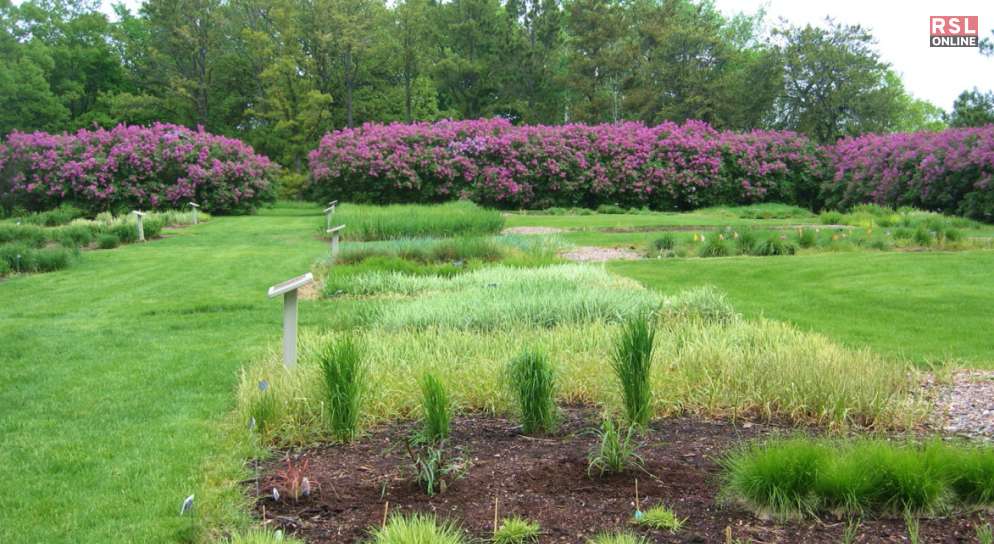
Different grass species are adapted to various climates, soil types, and ecosystems. They vary in size, color, growth patterns, and uses. Some common types of grasses include:
1. Lawn Grasses:
Examples include Kentucky bluegrass, Bermuda grass, and fescues. These grasses are often used for lawns and landscaping.
2. Cereal Grasses:
These are cultivated for their edible grains, including wheat, rice, corn (maize), barley, and oats.
3. Bamboo:
A type of grass, bamboo species vary widely in size and are known for their rapid growth.
4. Native Grasses:
These are grasses that naturally occur in a specific region and play important roles in the local ecosystem.
5. Pasture Grasses:
Used for livestock grazing. Examples include ryegrass, Timothy grass, and clover.
6. Ornamental Grasses:
These are grown for their aesthetic appeal and include various species like pampas grass, fountain grass, and feather grass.
7. Sedges:
Though not true grasses, sedges are often included in discussions about grass-like plants. They belong to the family Cyperaceae and are characterized by their triangular stems.
8. Tropical Grasses:
Found in warm climates, examples include buffalo grass, zoysia grass, and St. Augustine grass.
9. Cool-Season Grasses:
These grasses thrive in cooler climates and include species like ryegrass, fescue, and Kentucky bluegrass.
10. Warm-Season Grasses:
Adapted to warmer climates, examples include Bermuda grass, centipede grass, and Bahia grass.
The number of grass species can vary depending on how broadly or narrowly you categorize them. It’s important to note that grasses are incredibly diverse and can be found in nearly every part of the world, each with its own unique characteristics and adaptations.
30 Types Of Grass Based On Their Species
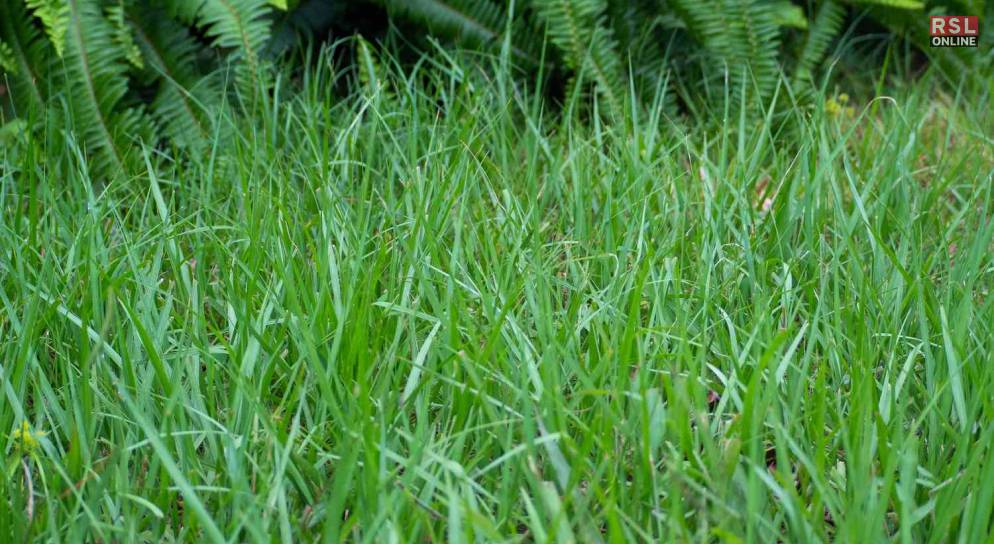
In this part of the article, I will be talking briefly about as many as thirty types of grass. These grasses have unique characteristics, growth habits, and uses, making them suitable for various landscaping, agricultural, and ecological purposes.
Here are some of them that you need to know about:
1. Kentucky Bluegrass (Poa Pratensis):
It is a common lawn grass with a fine texture and vibrant green color. It’s well-suited for temperate climates and has good wear resistance.
2. Bermuda Grass (Cynodon Dactylon):
It is a warm-season grass with rapid growth and excellent heat tolerance. It’s commonly used for lawns, sports fields, and golf courses.
3. Ryegrass (Lolium Spp.):
It is a cool-season grass used for lawns, pastures, and erosion control. Annual and perennial varieties are available.
4. Buffalo Grass (Bouteloua Dactyloides):
It is a warm-season grass native to North America, known for its drought tolerance and low maintenance needs.
5. Zoysia Grass (Zoysia Spp.):
It is a warm-season grass with good heat and drought resistance. It forms a dense turf and is often used in lawns and golf courses.
6. Fescue Grass (Festuca Spp.):
Includes several species like tall fescue, fine fescue, and creeping red fescue. They are cool-season grasses often used in mixtures for lawns.
7. Bahia Grass (Paspalum Notatum):
It is a warm-season grass tolerating poor soils and is commonly used in Southern states for lawns and pastures.
8. St. Augustine Grass (Stenotaphrum Secundatum):
It is a warm-season grass with broad leaves and good shade tolerance. It’s used in tropical and subtropical regions.
9. Centipede Grass (Eremochloa Ophiuroides):
It is a low-maintenance warm-season grass with a slow growth rate and good tolerance to infertile soils.
10. Blue Grama Grass (Bouteloua Gracilis):
A prairie grass native to North America, known for its distinctive eyelash-like seed heads.
11. Switchgrass (Panicum Virgatum):
It is a native North American grass often used for erosion control and as a biofuel crop.
12. Indian Grass (Sorghastrum Nutans):
It is a tallgrass prairie species with attractive plume-like seed heads.
13. Big Bluestem (Andropogon Gerardii):
This is another tallgrass prairie grass is known for its distinctive three-part seed heads.
14. Little Bluestem (Schizachyrium Scoparium):
It is a shorter prairie grass with silvery seed heads and excellent fall color.
15. Purple Fountain Grass (Pennisetum Setaceum):
It is an ornamental grass with striking purple foliage and feathery flower spikes.
16. Japanese Blood Grass (Imperata Cylindrica):
Known for its vibrant red leaves, this ornamental grass adds color to landscapes.
17. Feather Reed Grass (Calamagrostis x Acutiflora):
This one is an ornamental grass with an upright growth habit and feathery flower spikes.
18. Muhly Grass (Muhlenbergia Spp.):
Includes several species with delicate and airy flower clusters, often used in landscaping.
19. Mexican Feather Grass (Nassella Or Stipa Tenuissima):
It is an ornamental grass with fine, wispy foliage that sways gracefully in the breeze.
20. Hard Fescue (Festuca Trachyphylla):
A fine-textured fescue variety used in shade-tolerant grass mixtures.
21. Creeping Bentgrass (Agrostis Stolonifera):
It is a cool-season grass that is often used for golf course greens due to its fine texture and ability to tolerate close mowing.
22. Sweet Vernal Grass (Anthoxanthum Odoratum):
Known for its fragrant vanilla-like scent, it’s often used in grass mixtures.
23. Annual Ryegrass (Lolium Multiflorum):
It is a cool-season grass that is often used for temporary lawns, overseeding, or erosion control.
24. Tall Fescue (Festuca Arundinacea):
It is a robust grass that is often used for pastures and lawns in hot summers.
25. Timothy Grass (Phleum Pratense):
It is a cool-season grass that is commonly used for hay production and forage.
26. Crested Wheatgrass (Agropyron Cristatum):
This introduced grass is used for erosion control and forage in dry regions.
27. Quackgrass (Elymus Repens):
It is a rhizomatous grass that can become invasive in lawns and gardens.
28. Perennial Ryegrass (Lolium Perenne):
It’s known for its fine texture and quick establishment in grass seed mixtures for lawns.
29. Bromegrass (Bromus Spp.):
It is a group of grasses often used for forage and erosion control.
30. Couch Grass (Elytrigia Repens):
A common grass that can be invasive in gardens and lawns due to its creeping rhizomes.
What Is Lawn Grass?
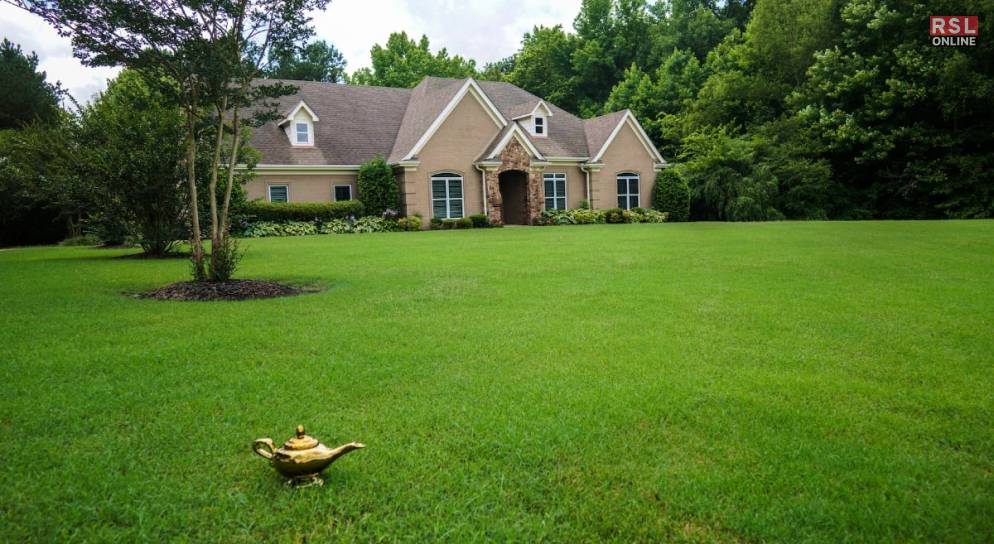
Lawn grass, also known as turfgrass, refers to the specific types of grasses that are cultivated and maintained to create a smooth, uniform, and attractive lawn. These grasses are selected for their fine texture, growth habits, and ability to withstand regular mowing and foot traffic.
Common Types Of Lawn Grass That You Need To Know About!
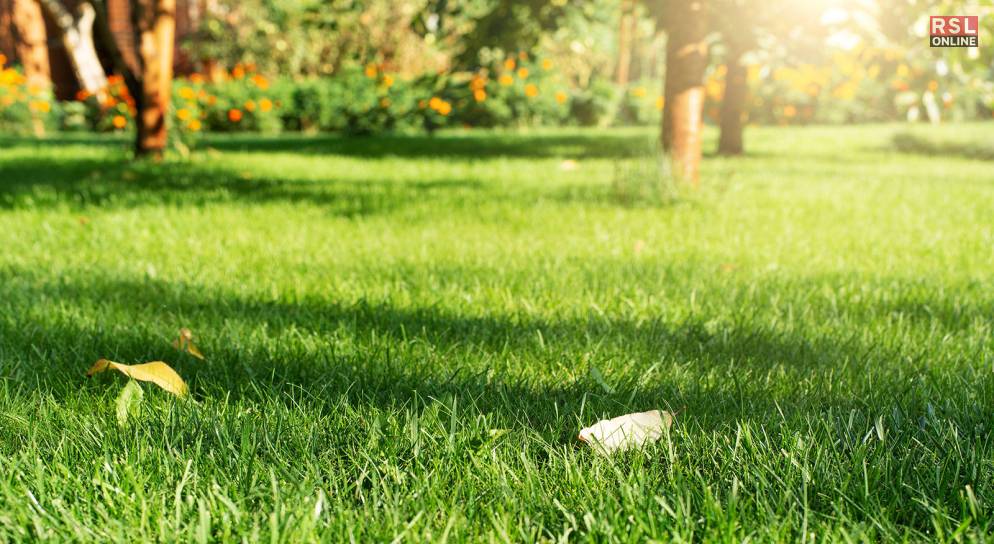
While there are several types of lawn grass available that you can use, it is important that you get to know some of the most popular and common ones, right?
So, here I go!
Here are some of the common types of lawn grass that you need to know about::
Kentucky Bluegrass

Kentucky Bluegrass (Poa pratensis) is a cool-season grass species widely used to create lush and attractive lawns in temperate regions. It’s known for its fine texture, deep green color, and ability to form a dense, uniform turf. Kentucky Bluegrass is native to Europe, Asia, and northern Africa but has been widely cultivated and naturalized in North America.
Key characteristics of Kentucky Bluegrass include:
1. Fine Texture:
Kentucky Bluegrass has a fine leaf texture, which contributes to its visually appealing appearance and soft feel underfoot.
2. Cold Tolerance:
Kentucky Bluegrass is well-suited to climates with cold winters and mild summers as a cool-season grass. It remains green during the cooler months and can recover from winter dormancy.
3. Drought Sensitivity:
Kentucky Bluegrass can tolerate dry periods to some extent, but it’s not as drought-resistant as some other grass types. Adequate watering is important during dry spells.
4. Shade Tolerance:
Kentucky Bluegrass exhibits moderate shade tolerance, making it suitable for lawns with areas of partial sunlight. However, it performs best in areas with ample sunlight.
5. Slow Growth:
This grass species has a slower growth rate than some other grasses, requiring less frequent mowing. Regular maintenance, including proper watering and fertilization, helps maintain its health and appearance.
6. Preferred Mowing Height:
Kentucky Bluegrass is typically maintained at a mowing height of around 2 to 3 inches (5 to 7.5 cm) for optimal growth and appearance.
Due to its desirable characteristics, Kentucky Bluegrass is commonly used for residential lawns, golf courses, and parks in regions with cool to temperate climates. It’s often blended with other cool-season grasses to create a diverse and resilient lawn that can withstand various environmental conditions.
Fescue
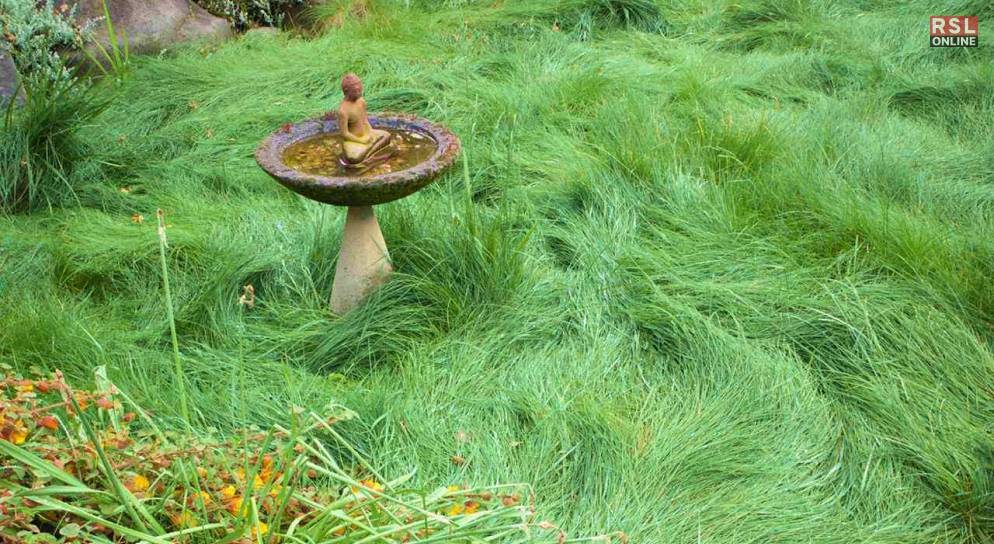
Fescue grass refers to a group of cool-season grass species that are commonly used for lawns, pastures, and other landscaping purposes. These grasses are known for their adaptability to various conditions and their ability to maintain their green color even during cooler months. There are several types of fescue grass, each with its own characteristics. Some of the main types include:
- Tall Fescue (Festuca arundinacea)
- Fine Fescue
- Creeping Red Fescue (Festuca rubra)
- Hard Fescue (Festuca longifolia)
Here are the best conditions for growing fescue grass:
1. Climate:
Fine fescues are well-suited for regions with cool to temperate climates. They perform best in areas with mild summers and cool winters. They are commonly found in northern parts of the United States, Canada, and Europe.
2. Sunlight:
Fine fescue grasses are shade-tolerant and can thrive in areas with limited sunlight. While they can handle some shade, they will still benefit from direct sunlight daily to maintain health and vigor.
3. Soil:
Fine fescue grasses prefer well-draining soils that are slightly acidic to neutral in pH. These grasses can tolerate a range of soil types, including sandy soils and those with lower fertility.
4. Watering:
Fine fescue grasses have good drought tolerance and can withstand periods of reduced watering. However, they still require consistent moisture, especially during dry spells, to maintain their health and appearance.
5. Maintenance:
Fine fescue grasses have a lower growth rate compared to some other grass types, which means they require less frequent mowing. They also benefit from regular fertilization and proper lawn care practices to ensure they remain healthy and attractive.
6. Seeding:
Fine fescue grasses are commonly used for overseeding lawns in shaded areas or as components of grass seed mixtures. They can provide a visually appealing lawn in landscapes with varying light conditions.
7. Avoid High-Traffic Areas:
While fine fescue grasses are often chosen for their shade tolerance and low-maintenance qualities, they may not tolerate heavy foot traffic as well as some other grass types. They are better suited for areas with moderate to light foot traffic.
Fescue grasses are popular for regions with cool to temperate climates, where they remain green and actively grow during spring and fall. They are often blended together or mixed with other grass types to create a diverse and resilient lawn. The specific type of fescue chosen depends on factors such as climate, soil type, and intended use.
Bermuda Grass
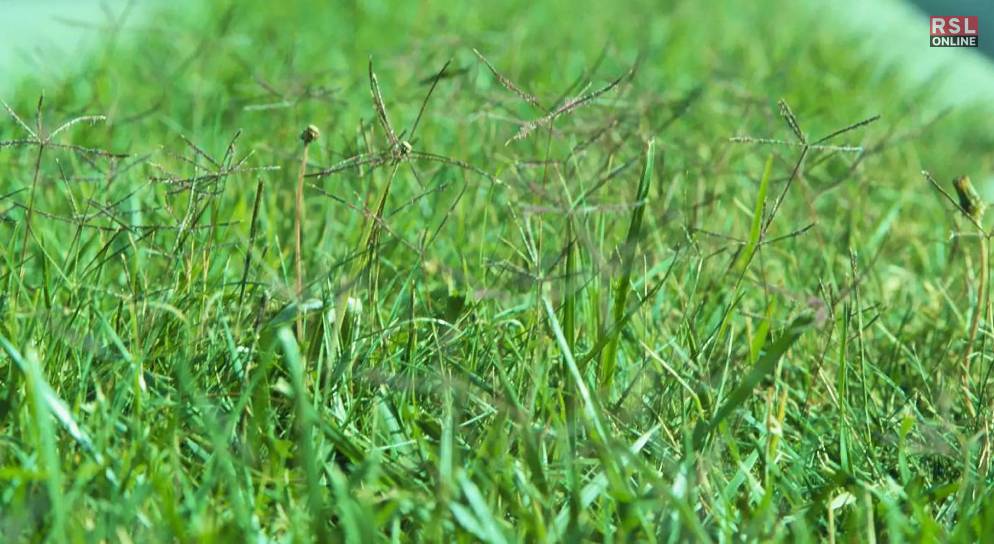
Bermuda grass (Cynodon dactylon) is a warm-season grass species that is valued for its ability to thrive in hot and sunny climates. Its rapid growth, excellent heat tolerance, and durability make it popular for lawns, sports fields, golf courses, and other high-traffic areas in regions with warm temperatures.
Key characteristics of Bermuda grass include:
1. Heat Tolerance:
Bermuda grass is well-suited to hot and humid climates. It thrives in temperatures ranging from 75 to 90 degrees Fahrenheit (24 to 32 degrees Celsius) and can maintain its green color even during intense summer heat.
2. Drought Resistance:
Bermuda grass has a deep root system that allows it to withstand periods of drought. It can survive with less frequent watering compared to some other grass types.
3. Rapid Growth:
Bermuda grass is known for its vigorous growth, which helps it recover quickly from damage caused by foot traffic, mowing, or other stressors.
4. Sunlight Requirement:
Bermuda grass requires full sunlight to thrive. It may struggle to grow in shaded areas and is best suited for open and sunny landscapes.
5. Fine Texture:
Depending on the specific variety, Bermuda grass can have a fine to medium texture. Some varieties have a denser growth habit than others.
6. Aggressive Spreading:
Bermuda grass is a spreading grass that forms runners (stolons) and rhizomes, allowing it to fill in bare areas and establish a dense turf.
7. Mowing Height:
The recommended mowing height for Bermuda grass varies depending on the specific variety, but it’s generally maintained between 1/2 to 2 inches (1.3 to 5 cm).
Due to its fast growth and ability to recover from wear and tear, Bermuda grass is often chosen for high-traffic areas like sports fields and golf courses. It’s also popular for residential lawns in warm climates, where its heat tolerance and drought resistance are advantageous. However, its aggressive growth can sometimes lead to it invading garden beds or other unwanted areas, so regular maintenance and containment are important.
Zoysia Grass
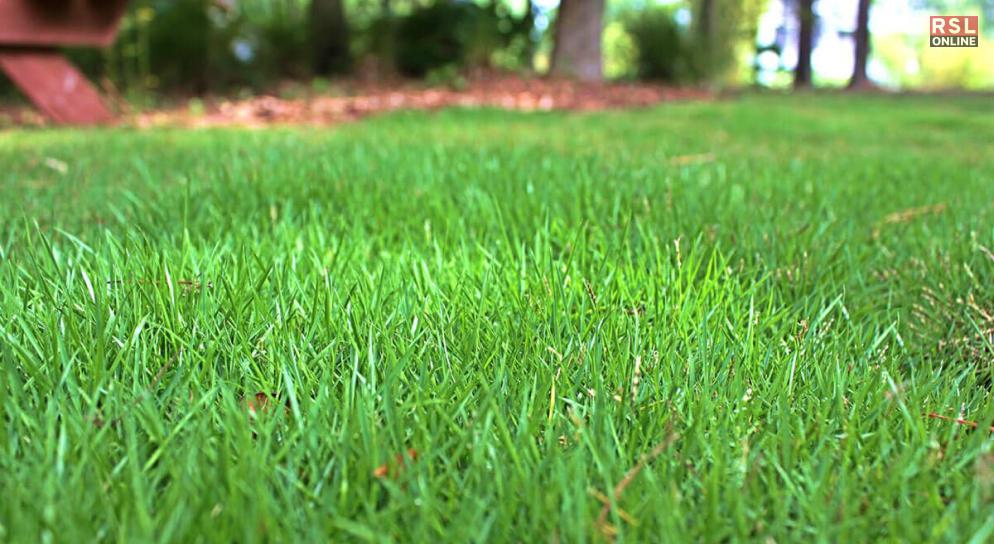
Zoysia grass (Zoysia spp.) is a warm-season grass species known for its dense growth, drought tolerance, and ability to form a thick and lush turf. It’s often chosen for lawns, golf courses, parks, and other landscapes in regions with warm to hot temperatures. There are several different species and varieties of Zoysia grass, each with its own characteristics. Some common types include:
Key characteristics of Zoysia grass include:
1. Drought Tolerance:
Zoysia grass is known for its ability to conserve water and tolerate periods of drought. Its deep root system allows it to access moisture deep within the soil.
2. Heat Resistance:
Zoysia grass thrives in hot temperatures and can maintain its green color during the summer heat.
3. Slow Growth:
Zoysia grass generally has a slower growth rate compared to some other warm-season grasses like Bermuda grass. This means less frequent mowing may be required.
4. Rhizomatous Growth:
Zoysia grass spreads through above-ground runners (stolons) and below-ground stems (rhizomes), allowing it to fill in bare spots and gradually create a thick turf.
5. Tolerance To Foot Traffic:
Zoysia grass has a good tolerance to foot traffic, making it suitable for areas with moderate to heavy use.
6. Winter Dormancy:
In cooler climates, Zoysia grass can go dormant and turn brown during winter, but it greens up again when temperatures rise in the spring.
The choice of Zoysia grass variety depends on factors such as climate, sun exposure, desired maintenance level, and intended use of the lawn or landscape. It’s popular for those looking for a visually appealing and resilient lawn in warm climates.
Read More: The Role Of Colombian Coffee In Sustainable Farming Practices
St. Augustine Grass
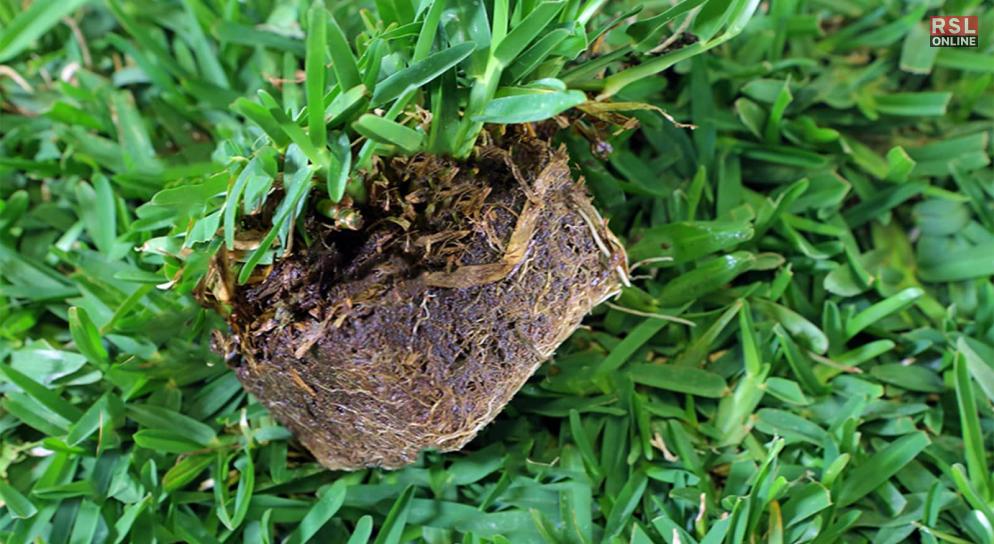
St. Augustine grass (Stenotaphrum secundatum) is a warm-season grass species known for its lush growth, broad leaf blades, and excellent tolerance to heat and humidity. It’s often chosen for lawns, landscapes, and recreational areas in regions with warm to tropical climates. St. Augustine grass is native to the Gulf of Mexico and the Mediterranean coastal areas.
Key characteristics of St. Augustine grass include:
1. Broad Leaf Blades:
St. Augustine grass has wide, flat leaf blades that appear distinct. This feature contributes to its lush and dense growth habit.
2. Heat And Humidity Tolerance:
St. Augustine grass excels in hot and humid climates, making it a popular choice for coastal areas and regions with tropical weather conditions.
3. Shade Tolerance:
Compared to other warm-season grasses, St. Augustine grass tolerates modest amounts of shade but prefers full sun. It can function effectively in partially shaded settings.
4. Rapid Growth:
St. Augustine grass has a relatively fast growth rate, which allows it to establish quickly and recover from wear and tear caused by foot traffic or other stressors.
5. Drought Sensitivity:
St. Augustine grass is more drought-tolerant than some other lawn grasses, but it still requires consistent watering to maintain its health and appearance, especially during dry periods.
6. Salt Tolerance:
Some varieties of St. Augustine grass exhibit good tolerance to salt, making them suitable for coastal areas where soil may have high salt content due to proximity to the ocean.
7. Mowing Height:
The recommended mowing height for St. Augustine grass varies depending on the variety, but it’s generally maintained between 2.5 to 4 inches (6 to 10 cm).
8. Winter Dormancy:
St. Augustine grass can go dormant and turn brown during winter in cooler climates. However, it tends to green up again in the warmer spring months.
St. Augustine grass is often chosen for lawns in warmer climates due to its vibrant green color and ability to provide a dense and visually appealing turf. Its growth characteristics make it well-suited for areas with moderate to heavy foot traffic, making it a common choice for family yards and recreational areas.
Different varieties of St. Augustine grass are available, each with its own attributes, so selecting the appropriate one depends on factors like climate, sun exposure, and intended use.
Wrapping It Up!
In case you have been searching for the different types of grass, I hope that this blog has been of help to you. If there are any other queries related to the same. Feel free to let me know. All you need to do is scroll down until you reach the bottom of the page. Then leave your comments and queries in the box below. And I will be there to answer them all for you!
Read Also:









